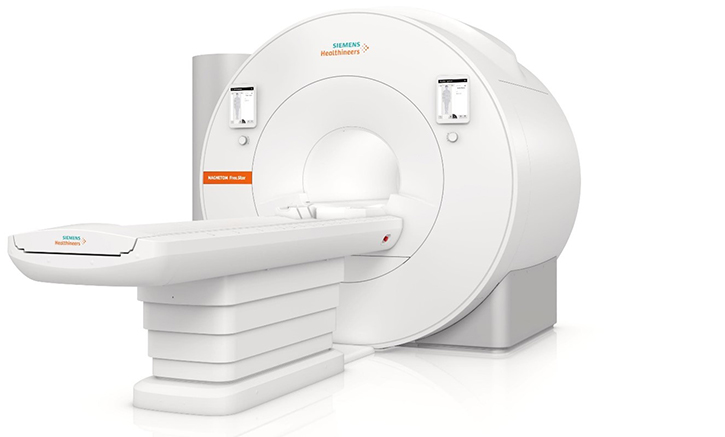Research and Markets has announced the addition of the “Wireless Power Transmission Market – Global Forecast to 2022” report to their offering.
The overall wireless power transmission market is expected to be valued at $11.27 billion by 2022, growing at a CAGR of 23.15 percent. The growth of this market is propelled by the factors such as the convenience offered by and consumer preference for wireless connectivity and need for effective charging systems. The inductive technology in the growth stage, while the magnetic resonance technology is entering the introductory stage; both the markets are expected to grow in the coming years.
Smartphones is the largest receiver application for wireless power transmission technology owing to the adoption of inductive wireless power transmission in various smartphones in the past years. Samsung Galaxy Series, Motorola Droid phones, and Google Nexus phones are some notable smartphones, which have wireless charging capabilities. Samsung Electronics Co., Ltd. (South Korea) has a major product portfolio of smartphones integrated with wireless charging receiver capabilities.
Currently, wireless power transmission is based on the two technologies; inductive and magnetic resonance. Inductive technology has almost commoditized in the wireless power transmission market, especially for the consumer electronics applications; therefore, held the largest market share in 2016. Smartphones, tablets, wearable devices are some key applications of the inductive wireless power transmission. On the other hand, magnetic resonance technology is yet to mainstream.
The OEMs are more inclined toward the integration of wireless power transmission solutions in the devices to provide the convenience, comfort, and user-friendly operations for the users. The integrated implementation held the largest market share of the wireless power transmission technology has widely integrated in smartphones, wearable electronics, and in other consumer electronic devices.



